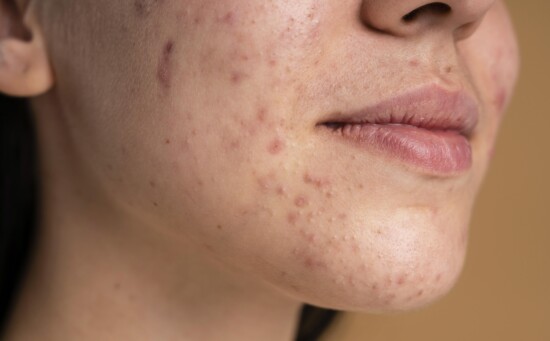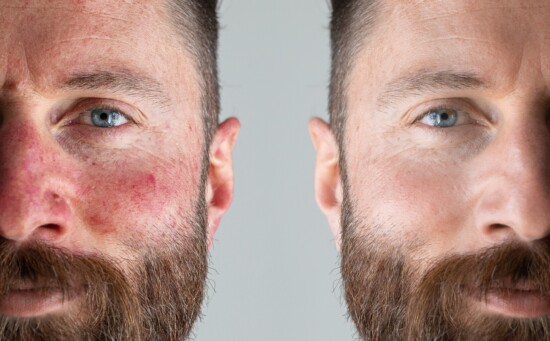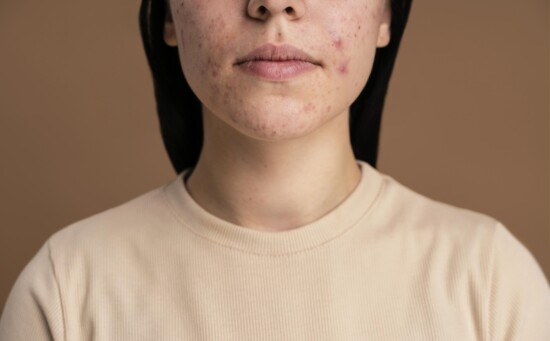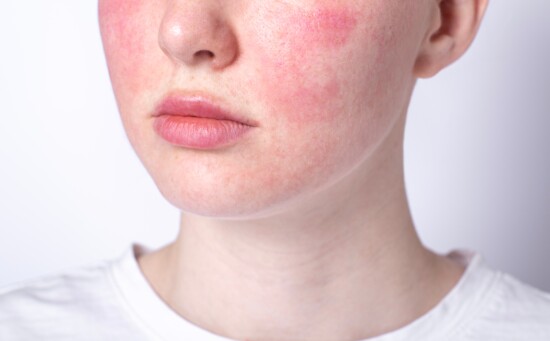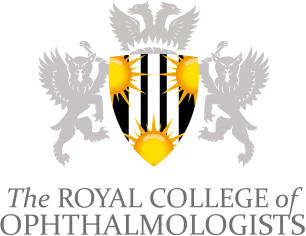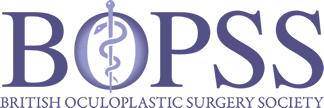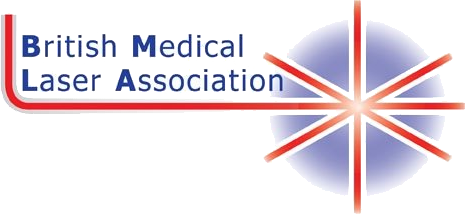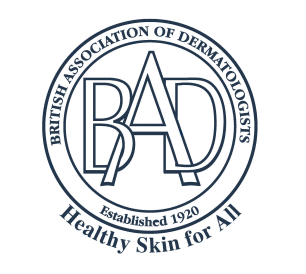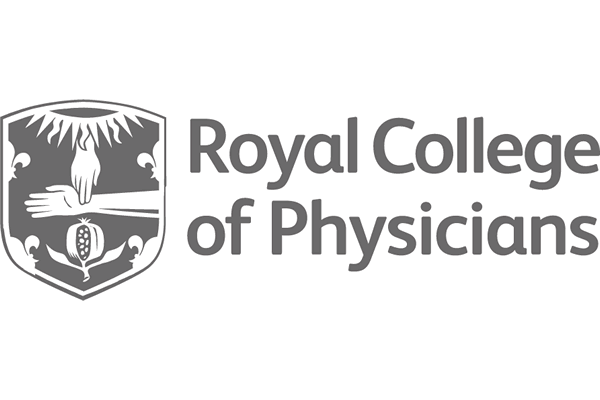Navigating the complex world of skin conditions can often feel daunting. Among them, acne and rosacea stand out for their prevalence and the confusion they frequently cause due to their similar appearances. However, understanding the differences between these conditions is more than a matter of names; it’s crucial for effective treatment and long-term management, and is critical for anyone looking to address their skin concerns adequately.
At The London Scar Clinic, we understand the challenges our patients face when dealing with skin conditions. That’s why our blog aims to demystify the “rosacea vs acne” debate, providing clarity and understanding for those affected. If you’re looking for specialised treatment in London, The London Scar Clinic offers advanced solutions, including services for Acne Scarring and Rhinophyma, a severe form of rosacea. Additionally, our Types of Lasers treatment page outlines the latest technological advancements available for managing these conditions.
Whether you’re struggling with the persistent redness of rosacea or the frustrating breakouts of acne, understanding your condition is the first step towards recovery. In this guide, we will thoroughly explain rosacea and acne, highlighting their distinctions, overlaps, and treatment options.
In providing this knowledge, we hope to empower our readers to make informed decisions about their skin health, leading them toward clearer, healthier skin.


